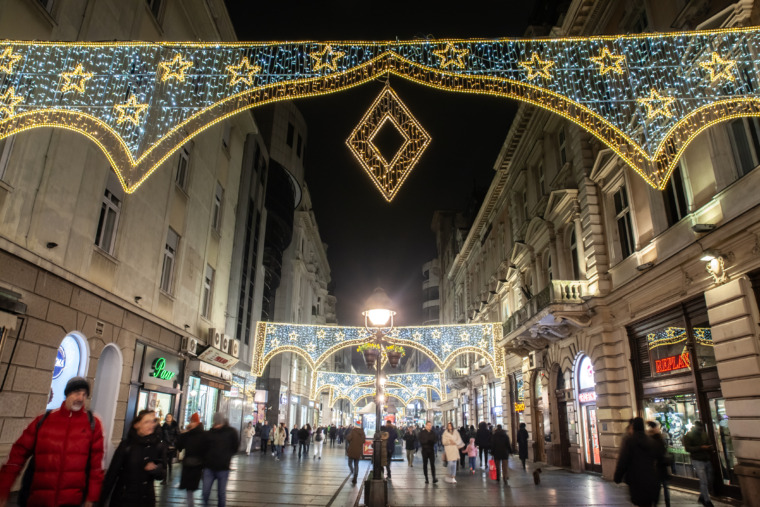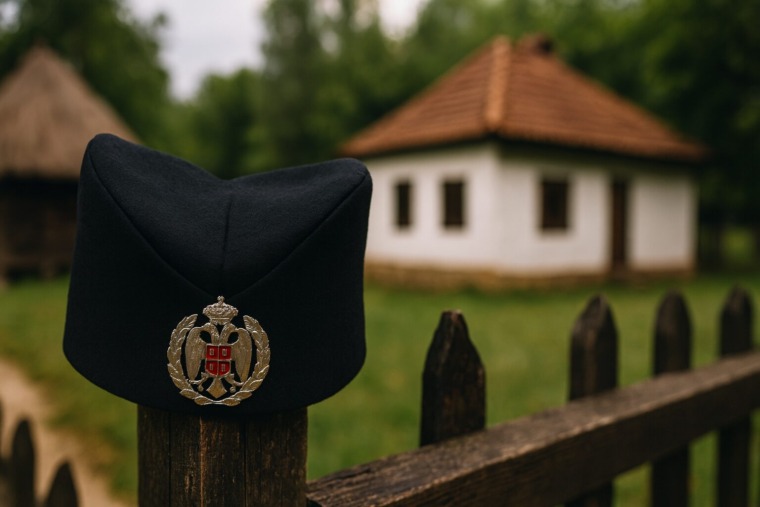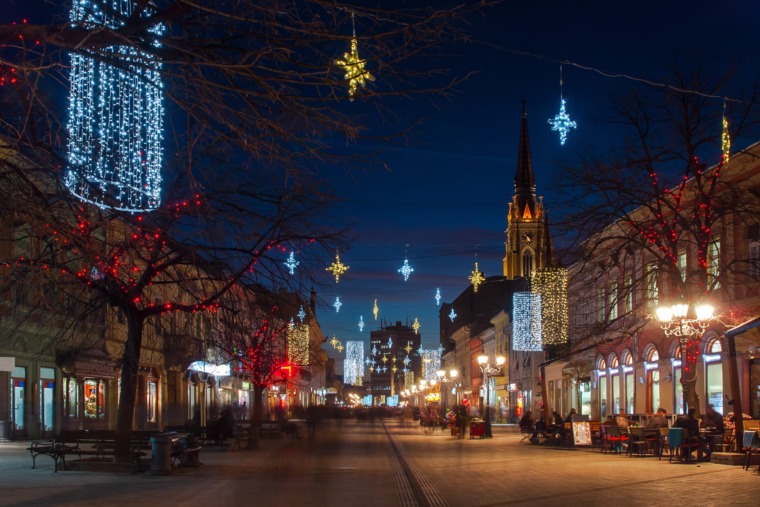
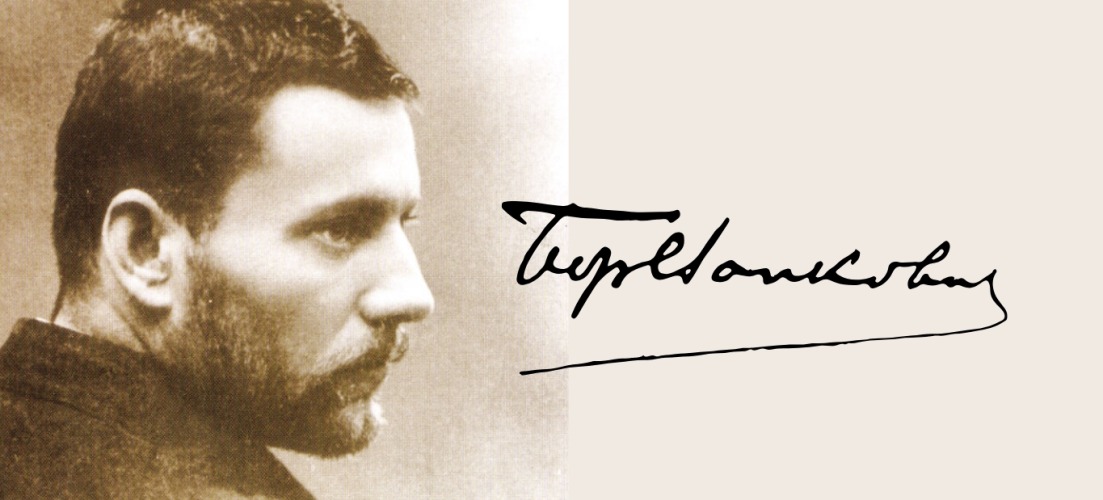
Borisav Bora Stanković is one of the most authentic voices in Serbian literature, renowned for portraying the passions, traditions, and emotional struggles of people from his hometown — Vranje. His prose is lyrical, emotionally charged, and filled with the clash between old customs and modern life. Today, his legacy endures as a bridge between realism and literary modernism.
Biography: A Life Between Vranje and the World
Bora Stanković was born on March 31, 1876, in Vranje, then part of the Ottoman Empire. His childhood was steeped in local customs, folk songs, and the melancholic beauty of southern Serbia—all of which would become the emotional backbone of his writing. Orphaned at a young age, this early loss deeply influenced his inner world.
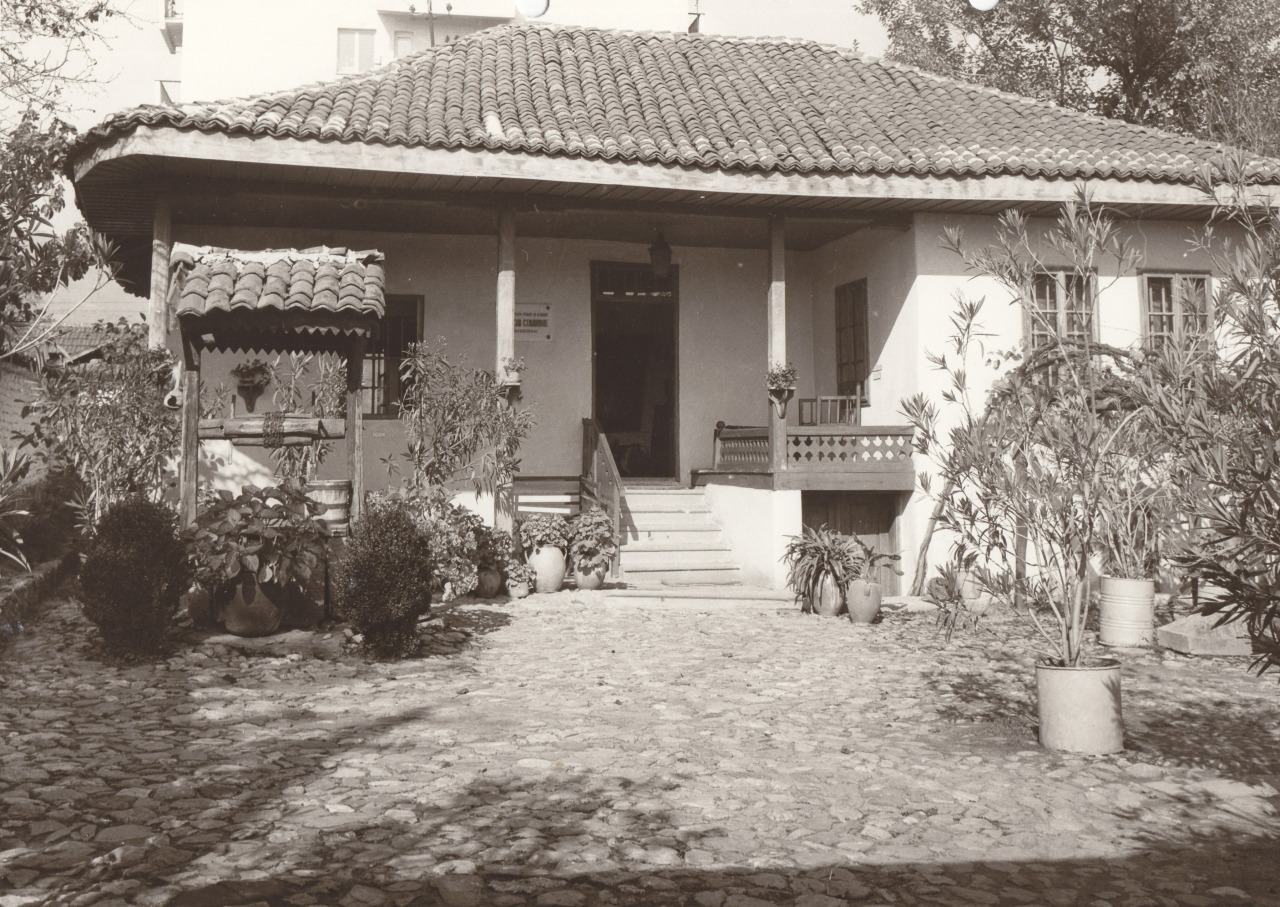
He studied law in Belgrade and later worked as a civil servant in Skopje, Priština, and Belgrade. While often physically away from Vranje, he never left it spiritually—his writing is a tribute to its people, its music, and its emotional depth.
Major Works
Bora Stanković was a master of psychological prose, depicting emotionally rich characters caught between duty, desire, and societal norms:
- “Impure Blood” (Nečista krv, 1910) – His most famous novel, telling the tragic story of Sofka, a young woman from a once-prominent Vranje family. The novel portrays the painful collision of old patriarchal values and the rise of a new era.
- “Koštana” (1902) – A play about a beautiful Roma singer who stirs desire in the hearts of men in a provincial town. Still one of the most performed plays in Serbia.
- “Old Days” (Stari dani, 1902) – A collection of short stories that breathe life into the streets, homes, and hearts of old Vranje.
- “Gazda Mladen” (1928) – Another masterful novel about a man torn between societal expectations and his inner emotional world.
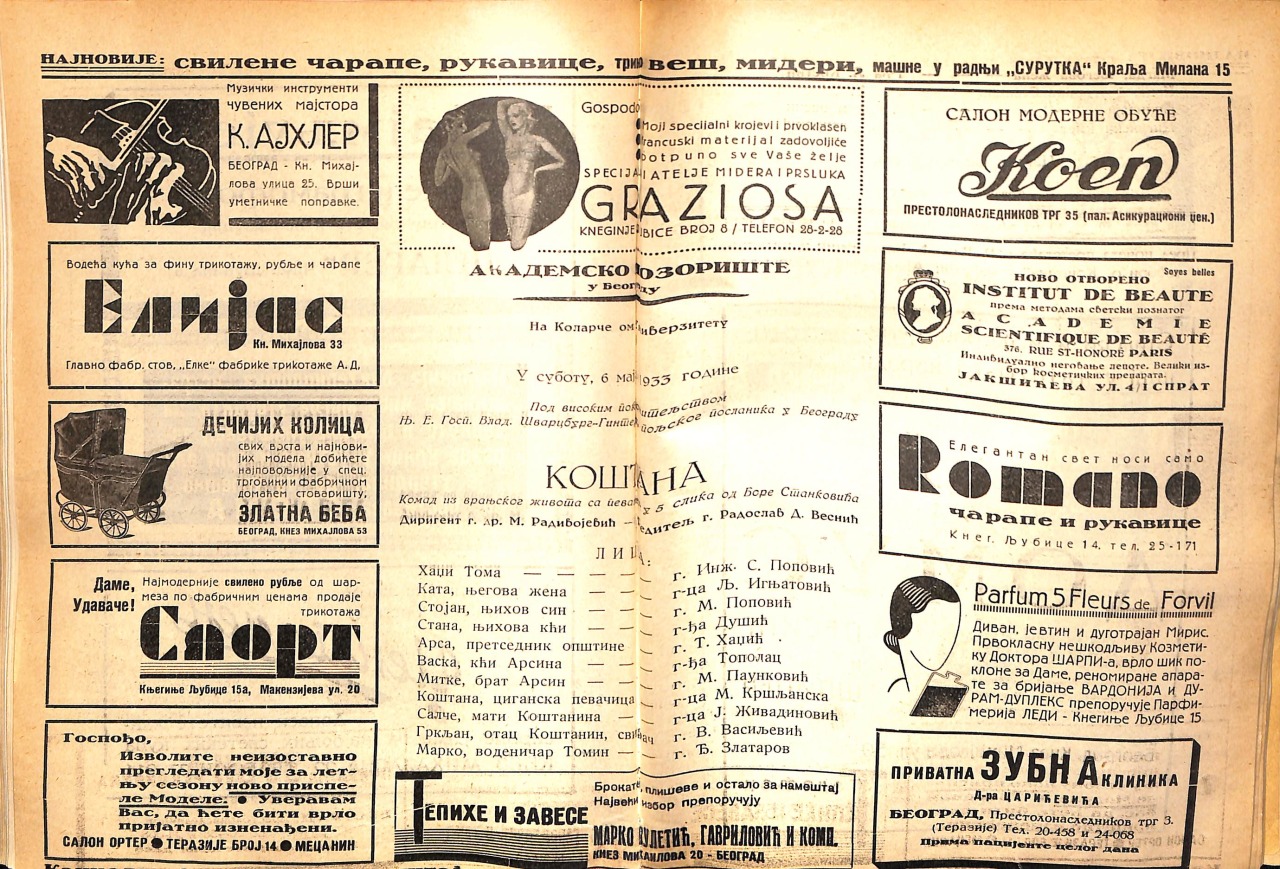
Vranje – More Than a Setting
Vranje is not just a backdrop—it is the main character in Stanković’s works. His stories don’t romanticize the town but rather show it in all its complexities. The traditions, songs, gender roles, and closed-off nature of its people are shown with both deep love and gentle critique.
Today, Vranje celebrates his legacy through the annual “Bora’s Week” literary event, the Bora Stanković Museum, and regular performances of “Koštana.”
Legacy and Literary Significance
Bora Stanković was among the first Serbian authors to introduce psychological depth, sensuality, and internal monologues into literature. His characters are not idealized—they are flawed, passionate, and torn.

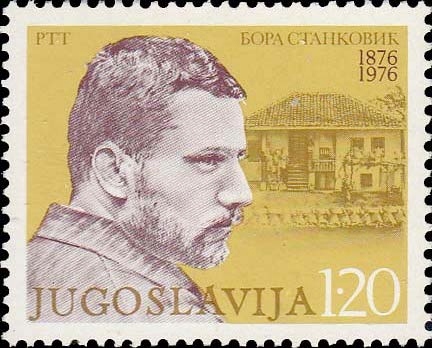
He wasn’t merely a writer of the south—he was a writer of universal human emotion, someone who turned folklore and pain into lasting literature.
Interesting Facts You Might Not Know
- “Koštana” is the most-performed play in the history of the National Theatre in Belgrade.
- Despite his literary brilliance, he faced harsh criticism during his lifetime for his dense style and local themes.
- Known for his somber demeanor, he always wore dark clothing and spoke with a strong regional accent.
- He drew deep inspiration from folk songs and Roma music, often saying their sorrow reflected his inner world.
- He died in poverty and relative obscurity in Belgrade in 1927, and is buried in the New Cemetery.
A Writer of Eternal Emotion
Borisav Bora Stanković remains one of the most original and emotionally profound voices in Serbian literature. His works not only depict a world that has faded away but also evoke timeless feelings—love, fear, longing, shame, and the pain of change.
So next time you visit Vranje, walk through its old streets. You might hear Sofka’s footsteps echoing, or Koštana’s song floating on the breeze—or perhaps just a quiet whisper from Bora himself:
“Old days never die—they only change shape.”
Related Articles

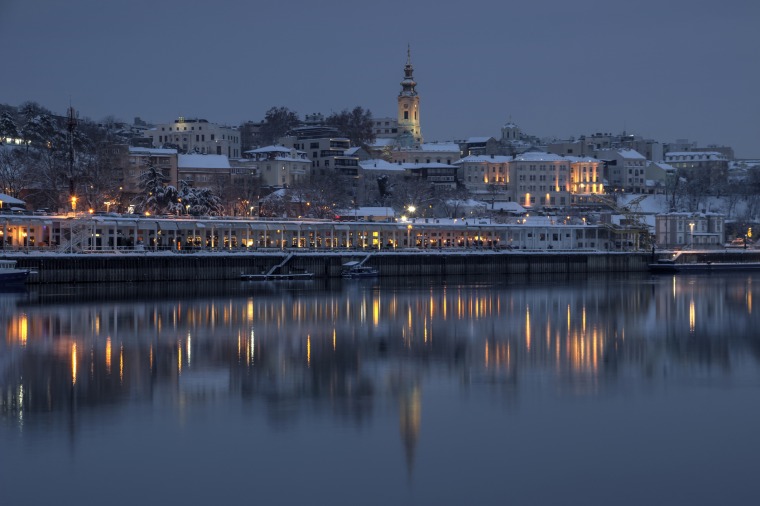
Belgrade in December: A City of Lights, Warmth, and Holiday Magic
December 5, 2025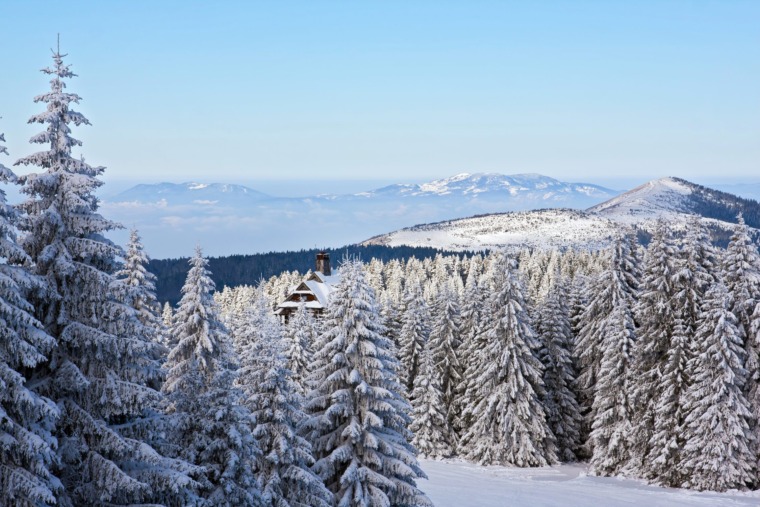
Kopaonik in December: Serbia’s Top Winter Destination
December 4, 2025



